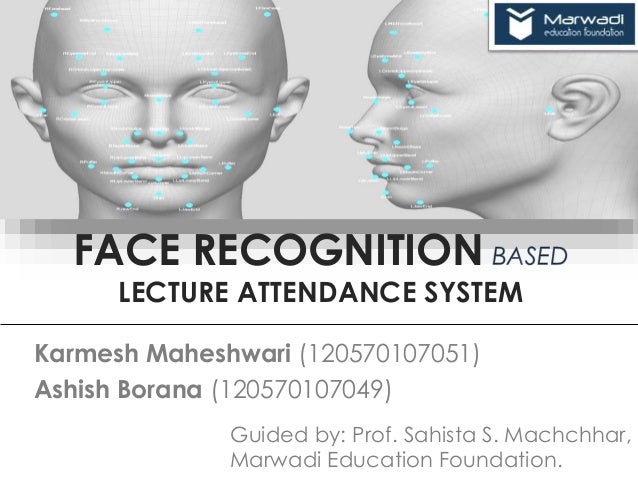Face Software Facial Recognition System

FaceFirst's face recognition system is creating a safer planet through face recognition security software for retailers, airports, law enforcement and more. It’s obvious that a facial recognition is a super advanced software that requires HQ digital cameras for algorithms to operate accurately. A face-detection system captures a face in the photo or screen-shot from a video, then the relative size of that face image will be compared with the size of enrolled one. Face recognition is a method of identifying or verifying the identity of an individual using their face. Face recognition systems can be used to identify people in photos, video, or in real-time. Law enforcement may also use mobile devices to identify people during police stops.
FaceFirst is creating a safer and more personalized planet through best-in-class facial recognition security software. With the FaceFirst face recognition system, retailers, stadiums, transportation centers, law enforcement agencies and other organizations can detect and deter threats in real time, while also leveraging historical criminal intelligence to identify crime patterns and prevent violence. The FaceFirst face recognition security platform is highly accurate and scalable, offering a full range of surveillance, mobile and desktop forensic face detection capabilities to detect and deter stalkers, corporate espionage, known criminals, disgruntled employees and other persons of interest.
What is Face Recognition? Face recognition technology is the least intrusive and fastest biometric technology. It works with the most obvious individual identifier – the human face. Instead of requiring people to place their hand on a reader(a process not acceptable in some cultures as well as being a source of illness transfer) or precisely position their eye in front of a scanner, face recognition systems unobtrusively take pictures of people's faces as they enter a defined area.
There is no intrusion or delay, and in most cases the subjects are entirely unaware of the process. They do not feel 'under surveillance' or that their privacy has been invaded. Technology Facial recognition analyzes the characteristics of a person's face images input through a digital video camera. It measures the overall facial structure, including distances between eyes, nose, mouth, and jaw edges. These measurements are retained in a database and used as a comparison when a user stands before the camera. This biometric has been widely, and perhaps wildly, touted as a fantastic system for recognizing potential threats (whether terrorist, scam artist, or known criminal) but so far has not seen wide acceptance in high-level usage.
Face Software Facial Recognition System China School
It is projected that biometric facial recognition technology will soon overtake fingerprint biometrics as the most popular form of user authentication. Every face has numerous, distinguishable landmarks, the different peaks and valleys that make up facial features. Each human face has approximately 80 nodal points. Some of these measured by the Facial Recognition Technology are:. Distance between the eyes. Width of the nose. Depth of the eye sockets.
Face Software Facial Recognition System Walmart
The shape of the cheekbones. The length of the jaw line These nodal points are measured creating a numerical code, called a faceprint, representing the face in the database. How it Works The following four-stage process illustrates the way biometric systems operate: Capture - a physical or behavioral sample is captured by the system during enrollment Extraction - unique data is extracted from the sample and a template is created Comparison - the template is then compared with a new sample Matching - the system then decides if the features extracted from the new sample are matching or not When the user faces the camera, standing about two feet from it. The system will locate the user's face and perform matches against the claimed identity or the facial database. It is possible that the user may need to to move and reattempt the verification based on his facial position. The system usually comes to a decision in less than 5 seconds. Use Currently gaining support as a potential tool for averting terrorist crimes, facial recognition is already in use in many law enforcement areas.


Software has also been developed for computer networks and automated bank tellers that use facial recognition for user verification purposes. Evaluation One of the strongest positive aspects of facial recognition is that it is non-intrusive.
Verification or identification can be accomplished from two feet away or more, and without requiring the user to wait for long periods of time or do anything more than look at the camera. Face recognition is also very difficult to fool. It works by comparing facial landmarks - specific proportions and angles of defined facial features - which cannot easily be concealed by beards, eyeglasses or makeup.
The ideal solution All of this makes face recognition ideal for high traffic areas open to the general public, such as:. Airports and railway stations. Corporations. Cashpoints. Stadiums. Public transportation.
Financial institutions. Government offices. Businesses of all kinds.